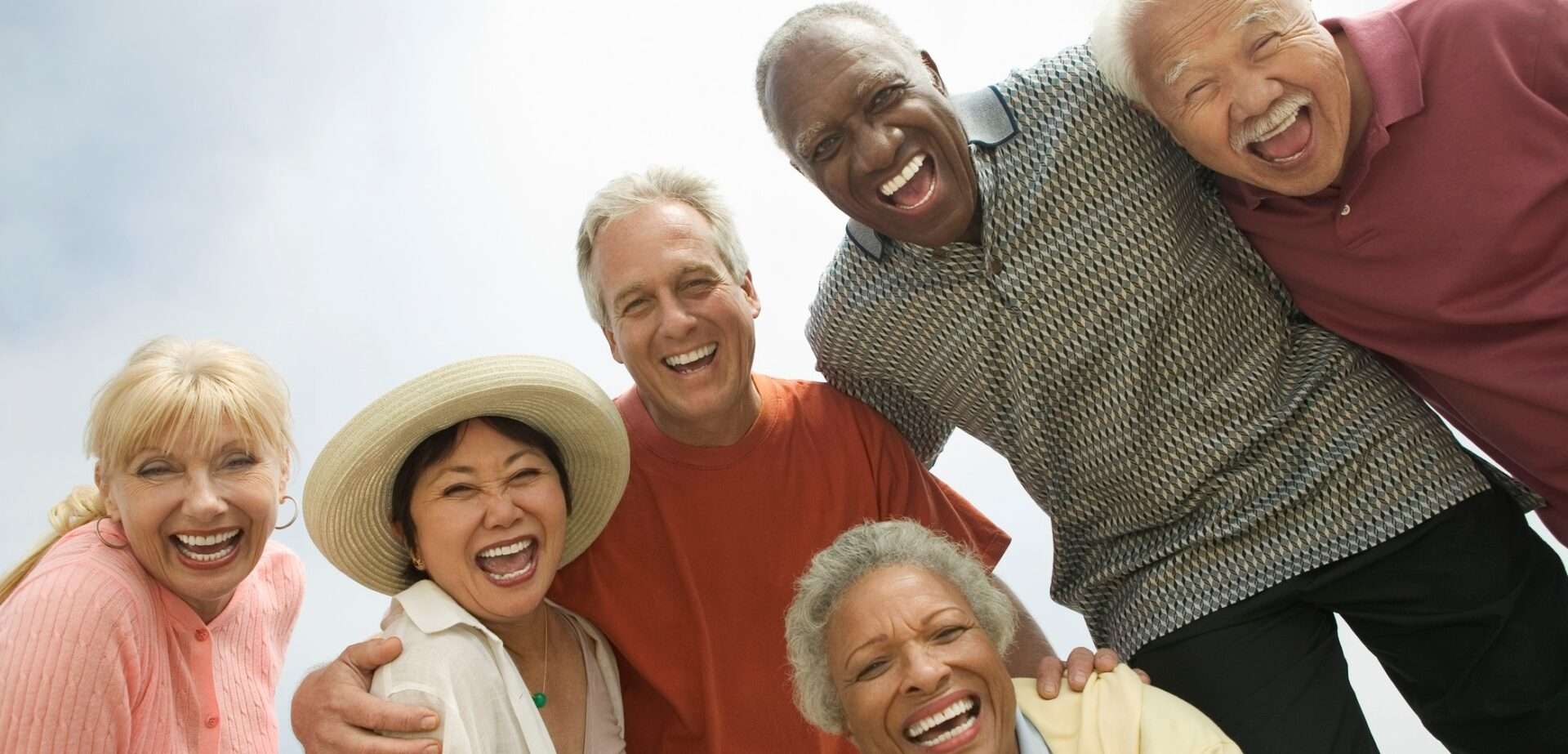It’s that time of year again. The time of year when temperatures are hot, humidity abounds, and people, of all ages, are in danger of heat exhaustion and #dehydration. The reality is dehydration is one of the most frequent causes for hospitalization in people over 65. And, about half of #aging adults who are hospitalized for dehydration, die within one year.
We all know that when we get hot, we sweat; when we sweat, we lose water. We all know that we need water to live. After all, water is the most abundant substance in the human body and affects every cell and nearly every process. Yet, many of us ignore our symptoms when we are losing hydration. The truth is, we’re often unaware of the symptoms our bodies are exhibiting or we don’t know what they mean.
I guess the first thing to talk about is why older adults are more at risk. These are just a few of the reasons:
- As we age, we experience decreased kidney function made worse by lower water intake, especially when it’s due to increased consumption of caffeine, alcohol and sugary fluids. Our kidneys need clean water to flush out toxins.
- Decreased thirst.
- #Incontinence because affected people may avoid adequate fluid intake in an attempt to avoids accidents.
- As we age, we lose muscle which turns to fat and fat does not store water as well as muscle.
There are numerous symptoms:
- The first is, usually, thirst and since older adults have a diminished sense of thirst, they don’t realize they are dehydrated.
- Another common sign is straw colored urine. Consider, when you wake in the morning, your urine is darker. This is because you’ve gone several hours without fluids. The darker the color, the more severe the dehydration. The lighter the color, the better – even if it’s on the clear side. (Some vitamins and medications may affect color)
- As dehydration increases, we experience headaches, fatique, flushing, weakness, labored breathing, rapid pulse and it’s getting pretty serious at this point. At this point, we’ve lost about 6% of body water.
- By the time we experience nausea, dizziness, confusion, we’re in real danger.
- At 10%, muscle spasms, delirium, poor circulation, our kidneys begin to fail and ultimately, coma and death are possible.
How do we prevent dehydration from occurring in the first place? Adults need between 48 to 64 ounces of water each day. If you’ve ever carried around one of those 64 ounce water bottles trying to drink it all in a day, you know how tough this can be. Years ago, I did this and I felt like my eyeballs were swimming all day and all night. Then, I realized that other fluids and certain foods I was eating were contributing to my water intake so I threw the bottle away. But all fluids are not created equal.
Water is the most obvious fluid we should drink. Others that count are milk (of all variety including cows’ milk, goats’ milk, almond, soy, and coconut milk), soups, vegetable juice, jello and herbal teas. If you don’t care for plain water, there are numerous, inexpensive water flavorings. Fluids with #electrolytes, such as coconut water and Pedialyte are good for
hydration. Remember earlier, when we talked about avoiding caffeine, alcohol and sugary drinks? If we intake enough appropriate fluids, the three culprits are fine and can even help in our efforts when taken in moderation.
A few yummy ways to incorporate fluids are smoothies, juices and fruits. So, go ahead and pick up some watermelon. When you pass a water fountain, take a sip. Have a glass of water before your morning coffee. Treat yourself to a frozen ice pop. Put a water bottle in the freezer and take it with you on outings so you have a cold drink handy for several hours. And, don’t forget to eat more vegetables – they’re a great source of water.


